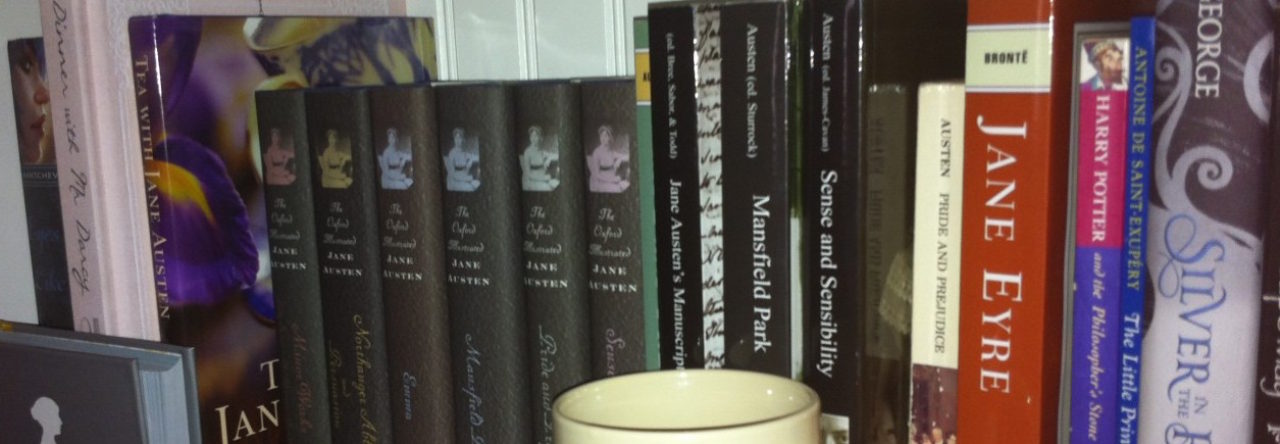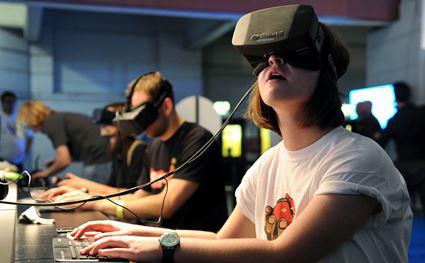Oh Lizzie Bennet Diaries, how do I love thee? Let me count the ways.
This webseries adaptation of Jane Austen’s Pride and Prejudice took off in early 2012. It was the first of its kind – a scripted vlog series posing as a real blog series, taking the characters and situations from a literary classic and transplanting them to modern day.
So, if you know the story of Pride and Prejudice, the emotional plot of LBD follows a similar path of miscommunications, prejudices, and stubbornness, eventually leading to a happy conclusion.
A quick breakdown for those who don’t care about spoilers (last warning!):
Lizzie, a passionate 24-year-old grad student, sets out to document the life of herself, her cynical best friend Charlotte Lu, and her two sisters, beautiful and adorably sweet Jane, and wild party animal Lydia, as they fend off the matchmaking of their old-fashioned mother.
When single medical student Bing Lee comes to town with fashionista sister Caroline and stuffy friend William Darcy, Jane and Bing’s attraction leads to Lizzie having to deal with Darcy, whose initial impression of her being only “decent enough”… well… doesn’t give her the best impression of him.
Simultaneously, graduation is fast approaching, and swift changes in her life, from Charlotte and Jane moving away, to family financial and personal troubles, to the reveal of Darcy’s affections and true character, make Lizzie question her life and career choices.
In the end, Lizzie learns to see past her prejudices, appreciates her familial relationships, begins a relationship with Darcy, and makes the decision to start a business of her own after graduation.
I didn’t catch onto it until over midway through the run, but I quickly fell in love. When the companion novel The Secret Diary of Lizzie Bennet came out a year later, I downloaded the audiobook, voiced by the actress who played Lizzie in the original series, and felt like I was reliving the best of it all over again.
Additionally, I have discussed the series previously in comparison to Disney’s Frozen and in comparison to the film You’ve Got Mail, also inspired by Pride and Prejudice.
So, why do I love this series so much? And why is it relevant to getting a dream job?



